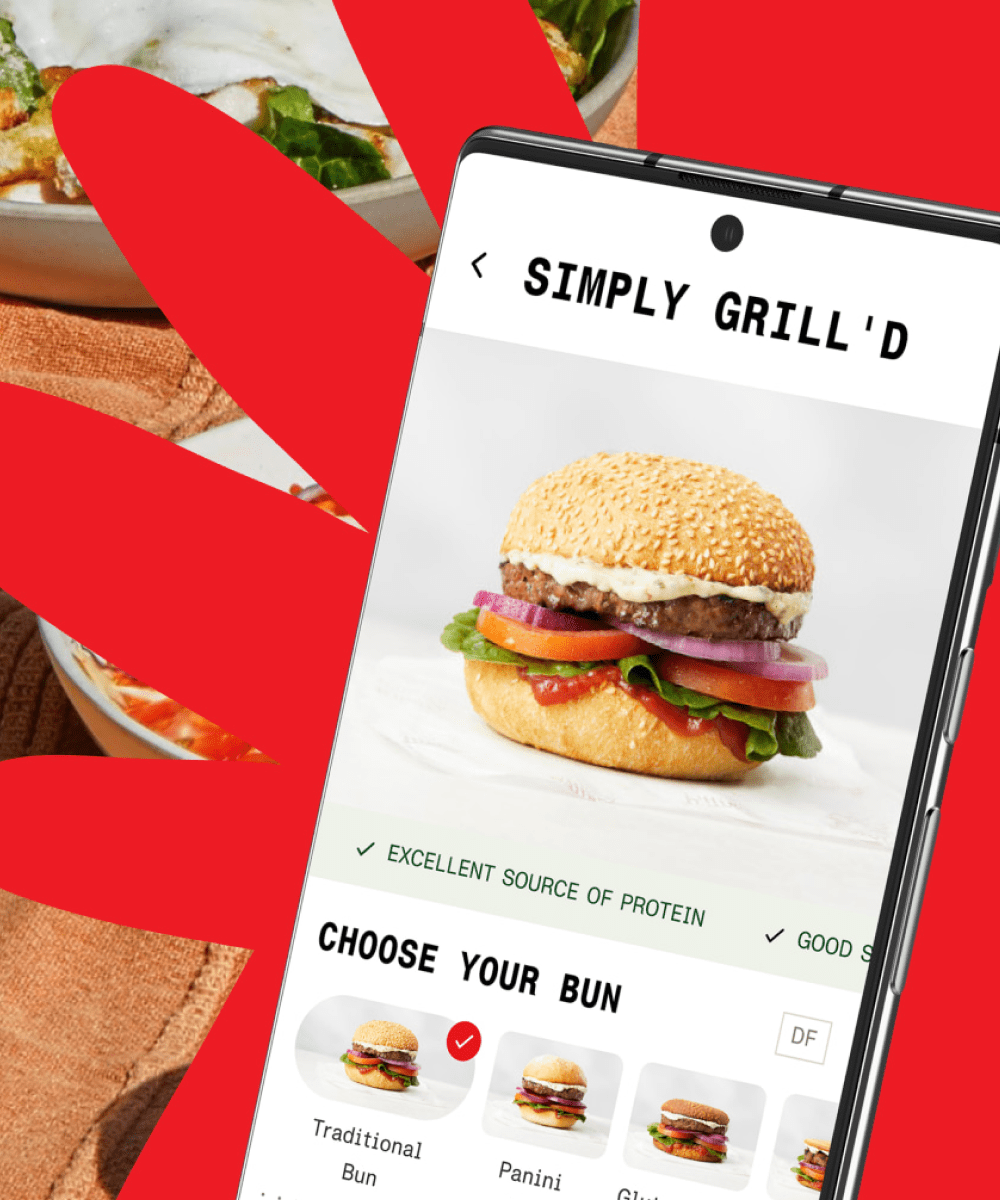The product range on Amazon is growing day by day – a clear presentation is therefore indispensable. To fulfil the reputation of the most customer-friendly company, the Amazon user’s shopping experience always comes first. Subscribing to this, brand owners should consider presenting their products on Amazon as variations. What are Amazon variations and how can you improve your customers’ shopping experience?
What are Amazon variations and how do you create them?
Suppose you sell a product in different colours. On Amazon, you have the option of linking them together. Like in other online shops, they appear as a selection on each individual product detail page of a colour variation. This variation relationship is also called twister.
Amazon specifies the distinguishing features per category. For example, they can differ in the number of pieces, colour, taste, size, and so on. The individual product variations (child ASINs) are linked by a parent ASIN. The parent ASIN is not a physical product and is not visible to end customers. It is only used for structure and sets the subordinated variations in relation to each other.
There are different types of twisters on Amazon. The structure can vary depending on the category. One, two and multi-dimensional structures are available for use: The properties are displayed differently depending on the category. Amazon, for example, varies between tiles with text content or small thumbnails. Another option is a drop-down selection.
Twister creation: What are the advantages?
If your product portfolio contains items in different designs, you should consider a variation link. Using twisters correctly can increase sales. As soon as a variation achieves high sales, you can assume that it will have a positive effect on the other child ASINs.
Benefit from customer reviews, and questions and answers
Products that are linked together share both reviews and customer questions and answers. Each Child ASIN has the cumulative amount of all reviews from its variation relationship. The more positive reviews an ASIN has, the more trustworthy the Amazon user feels about the respective product.
Extending the keyword pool
Currently, brands are limited to a maximum number of bytes of keywords per ASIN in the backend. Vendors can upload up to 255 bytes per product. With twisters, all bytes add up. The more child products are joined together, the more keywords can be placed in the backend.
In theory, variations “share” all stored keywords. This means: If product A is ranked on keyword A, products B, C and D, which are twisted with A, profit equally from the search query. It can be assumed that the keyword pool expands by creating twisters and that the probability of displaying increases due to the increased keyword volume. DEPT® is currently testing to what extent the keywords originally created for product A are relevant for product C. The latest test results will be available on our website.
Improve the shopping experience
A larger diversity of products automatically enhances the incentive to buy. Linking variations offer the obvious advantage of cross-selling. The aim is to cover the needs of as many Amazon users as possible.
The more choices a potential customer has, the less they have to search. They can better compare items and are more likely to find and purchase the product they are looking for. This can increase the conversion rate.
For example, if a user is looking for lipstick, a twister will offer them all possible colours. They can comfortably look at all variations and choose the colour of their choice. Under certain circumstances, they may purchase not just one, but even two or three lipsticks in different shades.
Best Practice: You can also benefit from variations during product launches. If, for example, the bestselling drink from the product range is combined with new tastes, users will more likely become aware of the new items.
Increase page views
Each time the product detail page of a child ASIN is opened, the page views for the entire twister increase because they are combined under the same parent ASIN. The twister increases in organic ranking and gains visibility.
Twister creation: What can go wrong?
A variation relationship does not always have to be advantageous and can quickly turn into a negative. For example, reviews and customer questions & answers can both weaken and strengthen twister’s performance. If negative customer reviews accumulate under a twister, the products generally sell less even if the ratings only affect one of the assigned products. In the worst case, the listings have to be completely redesigned. The built-up visibility is then gone.
It is also possible that, depending on the product category, the algorithm only displays a “superordinate” ASIN in the organic search results. Brands have no influence on which ASIN is displayed as the main product. Usually, it is the child that sells best within a variation relationship. This means that the other variations disappear behind the twister bestseller and become “invisible”.
Imagine you are a handbag manufacturer and you create a twister with different variants of a model. Let’s say an Amazon user is looking for a “leather handbag”, but has a brown leather handbag in his mind. In the search results, your bag appears as a black variant. It is quite unlikely that the user clicks on the black handbag because they have a concrete idea of their desired product and the twister conceals the brown model.
Attention: It can happen that Amazon overwrites the parent product’s title with one of the child products. Make sure that all ASINs have the correct title. This is the only way to ensure that your products rank on all relevant keywords, that end users are not misled by misinformation and that the overall performance of the products does not suffer.
Variations within the fashion category
Some categories have stricter rules for twister creation. Our experience shows that the Amazon category “Fashion” is particularly affected. Twisters within this category consist of all combinations of sizes and colours of a product. These cannot be uploaded separately. The example shows that the ladies’ bra Lace Plunge T-Shirt in size 34F is combined with all Lace Plunge T-Shirt bras in all colours and sizes within a twister. It is not possible to create one twister per colour in all sizes. Even a single size in all colours cannot be twisted individually.
Title composition within the fashion category is subject to strict guidelines. You are not allowed to give details on size or colour. The HTML product description also remains the same for all variations.
Note: Sometimes you can only upload one parent title per twister. It will remain the same for all twisted products. In some cases, this also applies to the bullet points of the individual variations.
Tips for creating variations
The first step is to find out which ASINs have meaningful variation relationships. Some questions come to the fore when creating the ASINs:
- What should the ideal size of a twister be?
- Does it make sense to twist for more than one characteristic?
- Which products could belong together at first glance?
- What information do keywords provide about the search behaviour in content?
- Are there any best-selling products in the individual groups?
- Which products with currently low performance could benefit from a combination with best-selling items?
- Are we in a category where twister products are “swallowed up” except for the bestseller?
The difficulty lies, among other things, in finding a balance: Which products are best put together and when are there too many? In the worst case, Amazon users find the twister too confusing and decide not to buy anything. If they leave the product detail page, this has a negative effect on the conversion rate.
Caution: The most obvious is not always the best.
When are variant relationships useful and when not?
Whether to group similar articles or not should be carefully considered. Here are some tried and tested tips:
Customer understanding is the most important factor
The biggest challenge is to create twisters based on understanding the customer. Comprehensive keyword research provides valuable insights into the search behaviour of Amazon users that can be exploited.
Here is an example: The keyword research has shown that in connection with protein powder, Amazon users search more often for the package size (1kg, 500g etc.) than for a certain taste. The product property “size” is therefore relevant to their purchase decision. Picking up potential customers with a twister that combines different package sizes is, therefore, less likely, since they have already decided on a certain package size.
To address users with variations that might be of interest to them, we link flavours instead. The Amazon A9 algorithm displays the appropriate child product, here is the 1kg variant. On the product detail page, it becomes clear that there is a whole range of other flavours hidden behind it. These “disappear” behind a child, but offer the Amazon user a wide selection of 1kg protein powders on the detail page. This allows the customer to conveniently select his favourite taste and place it in the shopping basket.
Pay attention to the performance correlation
A single child influences the twister as a whole. As per its performance, this can have a positive or negative effect. In some cases, for instance, it may be recommended to combine a successful product with variations that have not yet achieved high sales. The performance of the bestseller ideally strengthens the other twister products and leads to higher sales.
In contrast, one should refrain from twisting all bestseller products together. They would most likely “hide” each other and weaken the performance of the variations as a whole. The same applies to products that have many negative reviews. If these are placed in a variation relationship, they reduce the overall performance of the twister.
Maintaining strategic goals at all times
Whether variations are useful for your own purposes depends, among other things, on the higher-level strategy. If the brand and the products are still unknown or newly listed, it may be a good idea to combine many products in one twister. The aim is to increase the overall performance of the twister and thus increase the chance of landing on the first search results page.
The situation is different when products already rank high in search results. Well-known, established brands in particular usually manage to get their products to the first search results page on their own. In this case, a big twister can prove counterproductive. If we move to a category in which all assigned product variations disappear behind the twister, there is suddenly space in the search results that can be occupied by competitor products. In order to maintain your own brand presence in the search results, there should be several small twisters instead.
Conclusion
Determining whether linking variations on Amazon makes sense depends on numerous factors. These include strategic questions, current product performance as well as the product category. Well-thought-out twisters can become strong SEO levers and boost your portfolio significantly. DEPT® is your expert when it comes to the optimal presentation of your product range on Amazon. Benefit from our extensive years of Amazon experience!
Insights
View all insightsQuestions?
Managing Director Marketplaces





